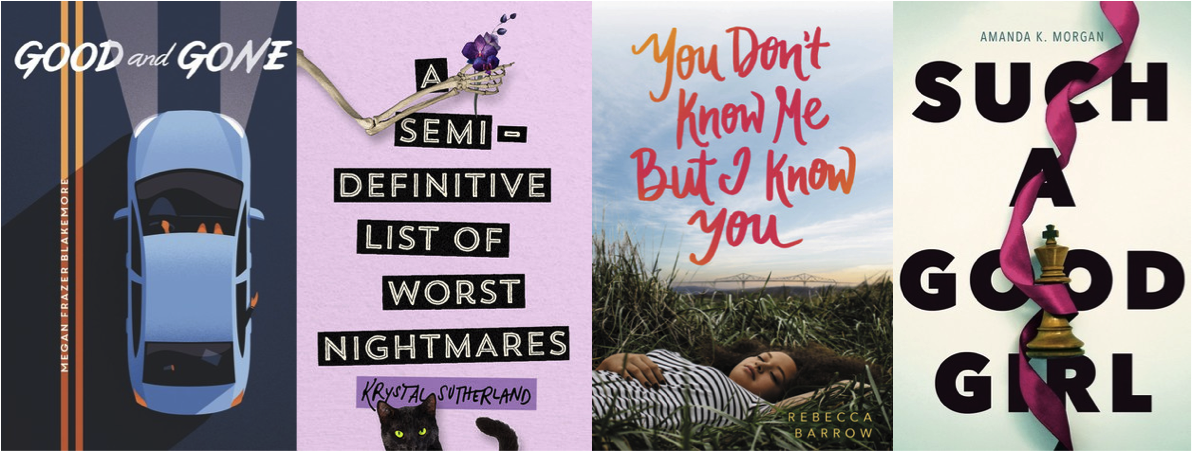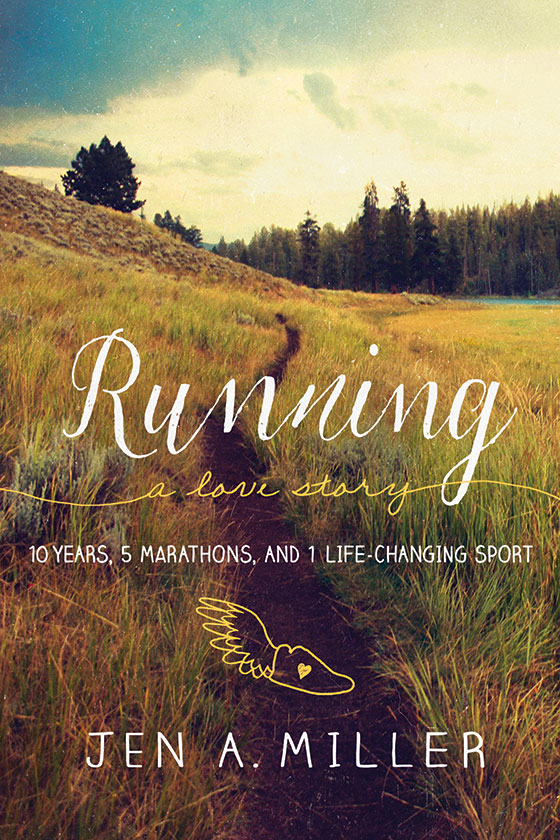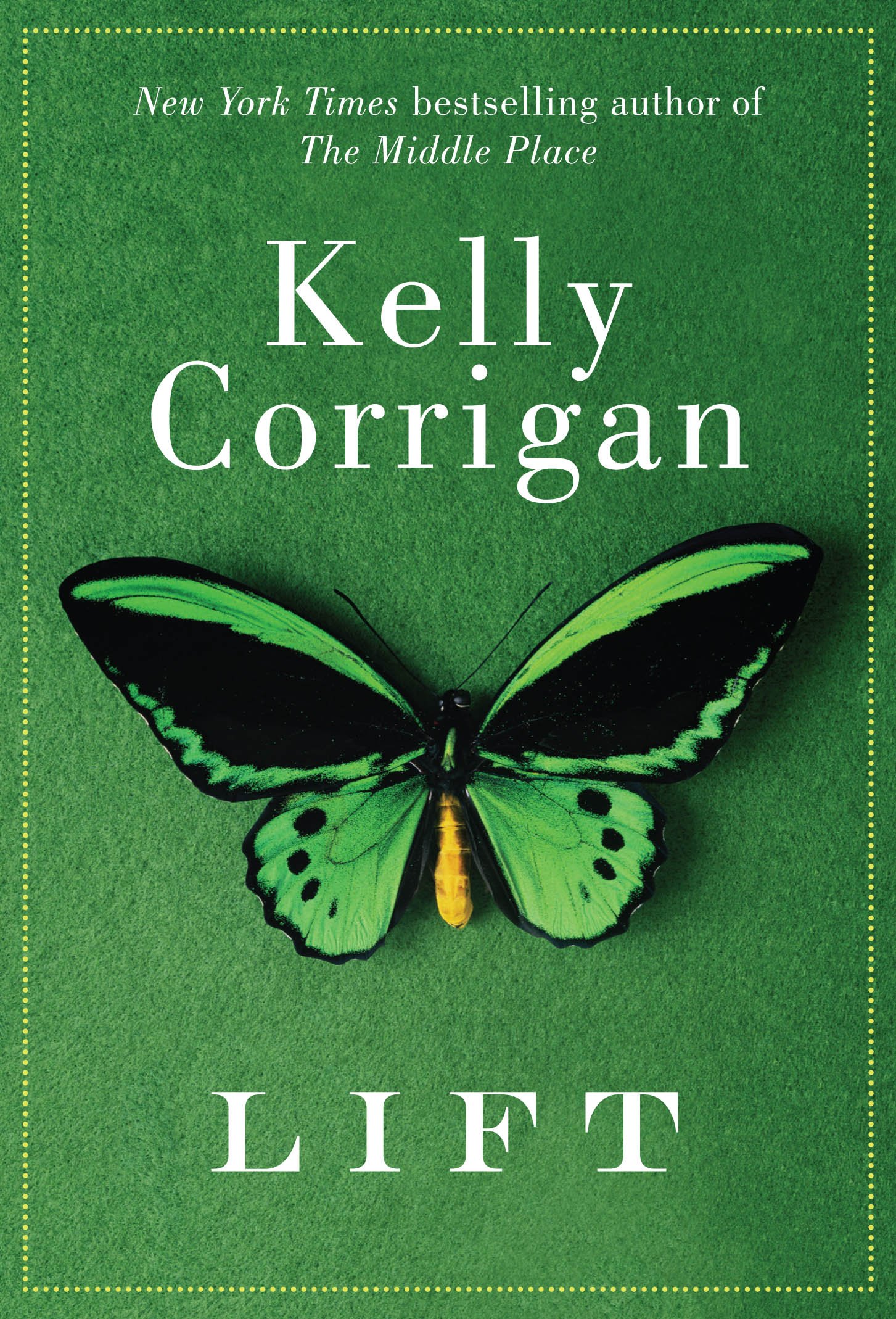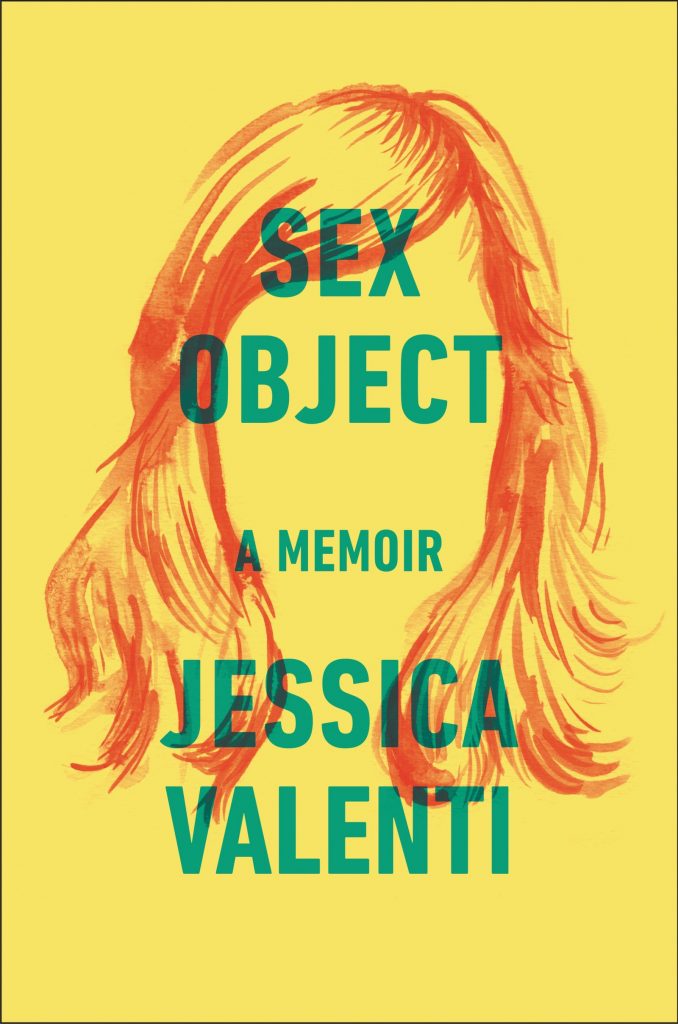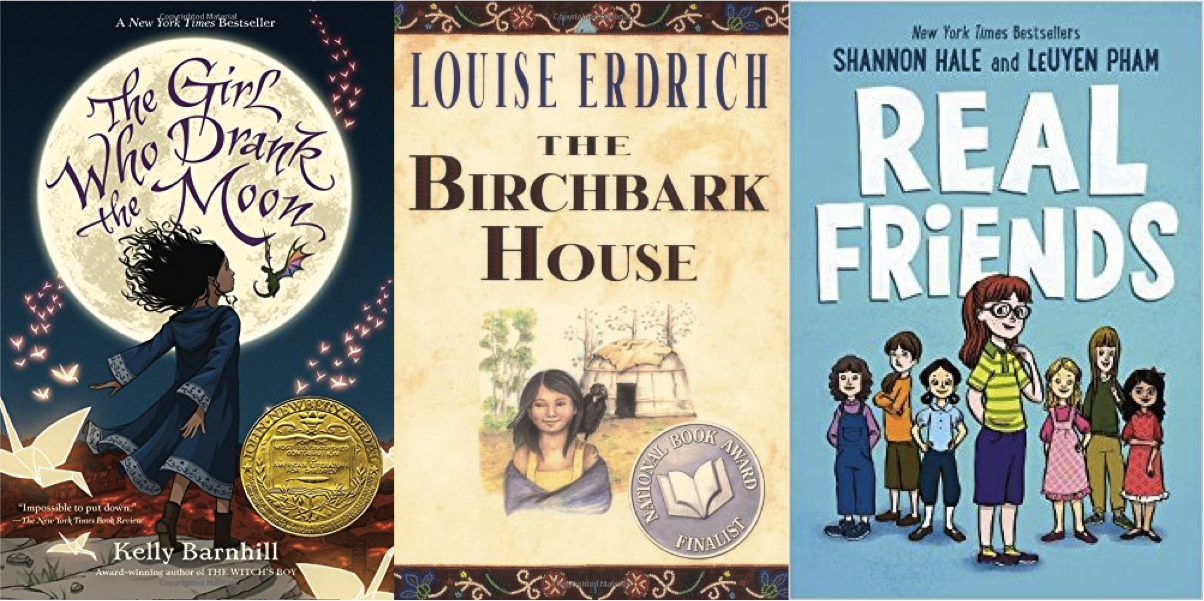Hey, look, it’s still January!
(Please let it still be January when I finish this post, please, please, please)
Oh, 2016. What a year. I read 106 books last year without much effort; yes, I met my annual “read 100 books” marker, but not by much. This is actually the fewest books I’ve read in a year since 2010, and a solid 50% were books read for review or other assorted Professional Book Person reasons.
Additionally, while I have always enjoyed the occasional parenting/baby related text, I never really let myself indulge in the genre… until, you know, I was actually pregnant. I really don’t recommend this tactic, by the way. There is WAY too much to read about for a 9-ish month span! At any rate, I chose to read a handful of pregnancy, birth, and baby books – and while informative, they were not necessarily groundbreaking pieces of literature.
And then, of course, there was the whole Miracle of Gestation thing hovering over my year. A baby in June means 6 months of preparation and becoming distractingly larger by the day and 6 months of new babydom. There goes your year. Add to that a heaping dose of political panic post November 8th (Which is actually still making me feel sick to be writing this. Like there is any tiny speck of importance to what books I read when our republic democracy is on its last legs.)
So, when I looked back over the books I’d read, I found myself not thinking about which books I liked more than other but which ones even remembered reading. Oof.
AT ANY RATE, I have gathered the top ten books of those that I can remember reading in 2016. An honorable list that I am happy to share with you at the dawn of this new year.
(Please let me finish writing these little blurbs before February. Please let me finish writing these little blurbs before February…)
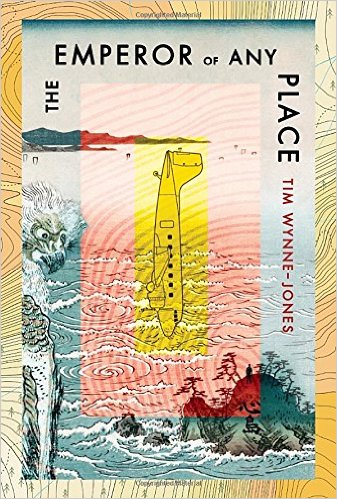
-
A teenage boy comes to live with his surly grandfather – then he discovers a strange book containing a purportedly true account of two WWII soldiers from opposite sides and their supernatural experience stranded on a remote Pacific island. This was a pick for my book club, which usually means a book that is slightly out of my wheelhouse – I don’t usually seek out supernatural war stories? – but also a book that is excellently crafted. The story-within-a-story was expertly woven, and together the two narratives led up to a quietly moving conclusion.
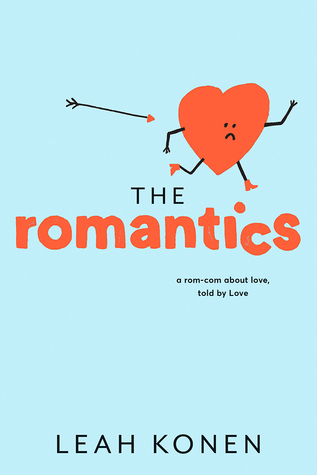
-
Gael, a high-strung semi-geek, is going through his first big break-up. Gael is distraught but Love, our narrator, isn’t worried. There’s a better girl out there for him, if only Gael could ignore his rebound – Cara the outdoorsy, hot sauce-loving college girl – long enough to figure out who it is. The silliest premise? Oh yes. But the writing is crisp, the characters fun and well-drawn, and funny. Funny! Actually made me laugh funny. I’ve read a lot of YA books that think they are funny over the past few years, but very very few that actually were. Just hardly any. This was a delightful exception.
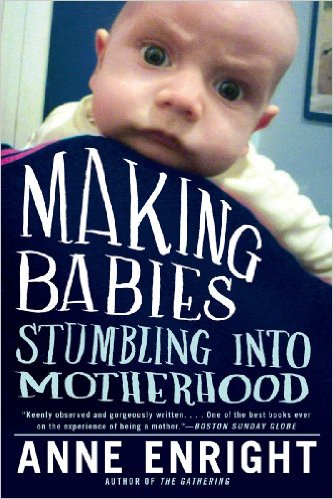
-
An essay collection by a Man Booker winning Irish author about – you guessed it – babies. This is probably the only book on this list that I really, honestly, actually don’t-remember-much-at-all, because I read it entirely with a sleeping lump of newborn on my chest. But of all the books about babies and motherhood that I read this year, this was my favorite. I found it to be an honest, absorbing, and raw attempt to elucidate the barely comprehensible experience of creating and caring for new life. I hope I have time to re-read this, now that my reading comprehension has (maybe?) returned.
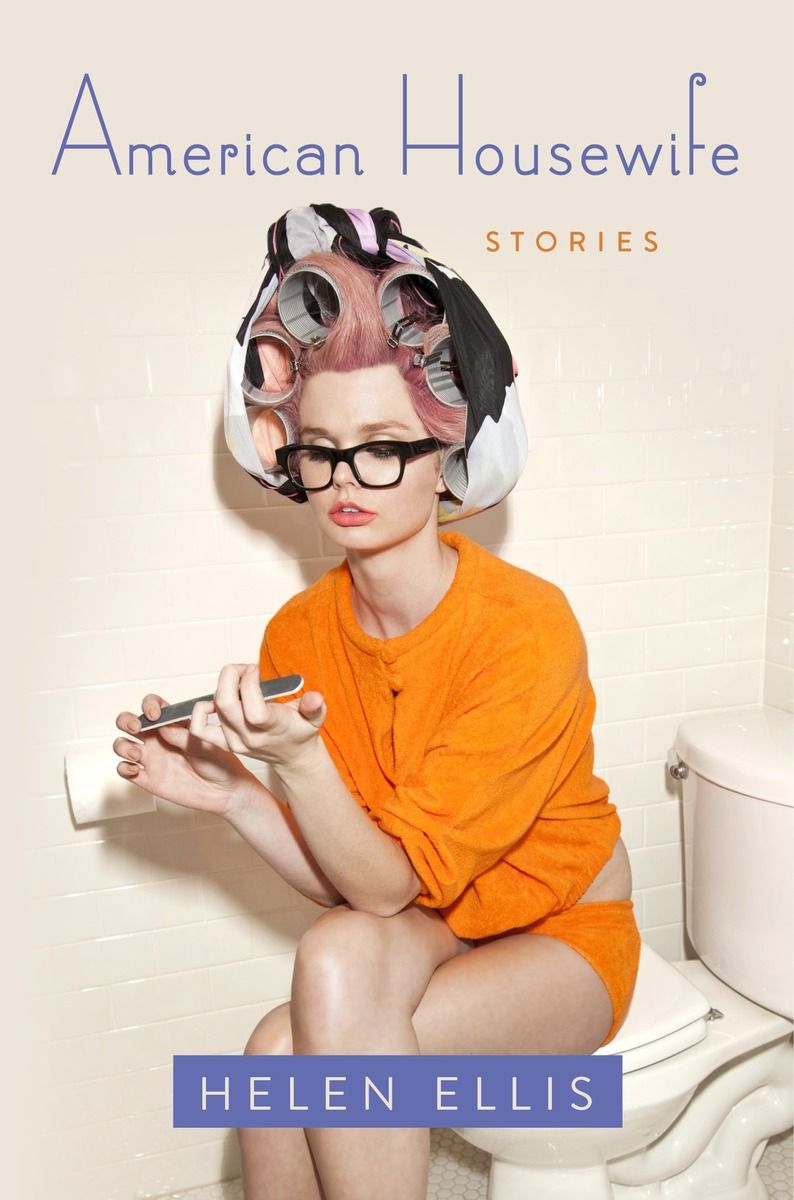
-
I probably would have liked this book if it were just a collection of contemporary short stories about women, tbh. However, this was a collection of sharp, satirical, frequently twisted contemporary short stories about women. All the better. Whenever I think about my decidedly non-sinister book club, I think about Ellis’s “Hello! Welcome to the Book Club,” where a meeting of literary women transforms slowly into something somewhat horrifying.
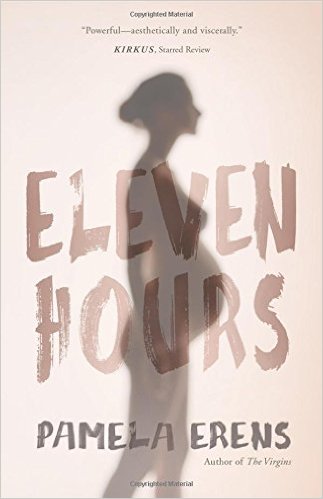
-
As far as this fairly search-savvy librarian can tell, there’s not much out there in the way of “childbirth fiction.” Probably because the subset of people who love fiction and are also totally down with reading about childbirth is likely rather small. Or, perhaps because it’s a narratively tricky topic to tell stories about? Well, good news for childbirth/reader-types: Erens figured it out. This is the story of one woman’s childbirth experience (she’s a NYC schoolteacher, she wants a natural birth, she’s alone) and the pregnant nurse who stays by her side during her labor and delivery. A caveat: I checked this out when I was about 7 months along, but then I saw a Goodreads review that warned against reading this while pregnant with your first. I heeded the warning, and I’m glad I did.
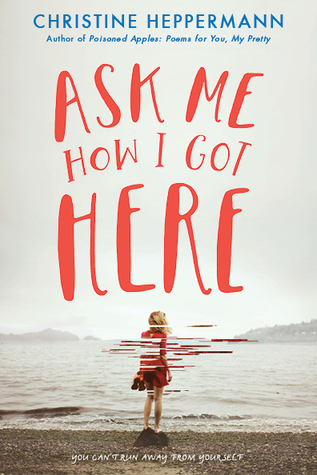
-
This is a novel-in-verse about the aftermath of a high school student’s decision to have an abortion. It’s a bold, sophisticated “issue book” that muddles around in the gray areas of religion, morality, sexual activity, sexual preference, and more. But even better: it’s a damn solid girl-narrated realistic fiction novel. I finished it with the same kind of feeling I get at the end of a Sarah Dessen book – like I was glad to get to know the characters and am kind of wishing I could see where they end up.
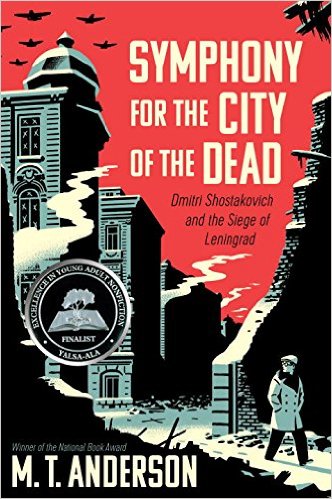
-
In World War II, Nazi Germany took siege of Stalingrad and held it for five long months. While Stalingrad’s civilian inhabitants were lucky to survive the lack of food, supplies, and deplorable, dangerous conditions, composer Shostakovich survived AND wrote a symphony. How does that make you feel about how you spend your free time, hmmm? Although the first quarter or so is a bit dense, this is a historical piece that feels like a special story Anderson uncovered and scooped out himself, just for you. It’s also a disturbing account of one artist’s relationship with his own authoritarian government that feels unfortunately relevant for us pretty, privileged Americans these days.

-
The first of a trio of memoirs about Nurse Jenny and her adventures in mid-century British midwifery. In case you are one of the twelve people who haven’t seen the BBC television show (I was one of them until after reading this), Jenny was a nurse-midwife, working for a convent that provided healthcare for a working-class, high-poverty neighborhood of London in the 1950s; specifically providing in-home childbirth assistance. This memoir covers the details of her unique job, the intimate stories of individual patients and other idiosyncratic community members, and historical context. A great read for childbirth junkies (or is that just me?), but also a fascinating and warm painting of a singular time and place in history – and specifically, women’s lives and jobs within it.
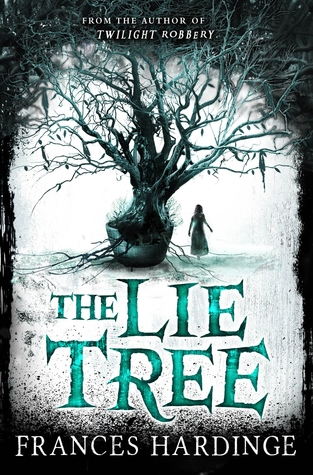
-
Faith, the daughter of a respected Reverend/natural scientist, wants to follow in her father’s footsteps, to uncover the mysteries of the world through science. Unfortunately, it’s 1860; Faith is valued for minding her younger brother, and perhaps as a future wife to someone with money and esteem, but not much else. Then her father dies, under questionable circumstances. And oh, Faith also discovers a bizarre, powerful, potentially mystical specimen that her father had been hiding in a creepy dark cave only accessible by rowboat. I loved Hardinge’s storytelling – the chapters were brief, but each one seemed to tumble on into the next – the genuine suspense, and the underlying commentary about a woman’s value and power in Victorian society. But most of all, I loved how I couldn’t figure out what the heck kind of book I was reading – historical fiction? Science fiction? A ghost story? A murder mystery? Hardinge dipped into all of these genres and their conventions, and what results is something entirely unique.
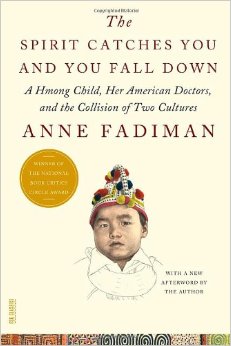
-
This is an older title that has been on the edges of my reading radar for quite some time. It caught my attention most recently when I was working at my college’s writing center – it seemed the many, many first-year nursing students who came in seeking my essay help had all read the book for assignment. After reading a variety of short reflections on the book over the course of a few months, I could glean enough about it to tell it would be something I like. A family story. A medical story. Nonfiction where the author doesn’t distance herself from herself from the narrative (think Jon Krakauer). Jessica-bait.
It was all of those things, yes, but even better, it was the kind of adult nonfiction I love the most: a small but powerful personal story, elevated to a grander, more universal scale by an author’s careful research and accessible presentation of the social and political context. While the narrative follows a unique family who struggle with finding help for their sick child, it’s also a story about the Hmong people – both their strong cultural identity and traumatic history. It’s a story about that family’s heritage and what it means to be Hmong in America. It’s a story about the limits and blind spots of Western medicine. And it’s also a story about finding common ground and avenues of trust between those who are different from you – and what a difficult but crucially divine part of human being that task is.
I read this mostly with a sleeping baby on my chest, thinking about what a vast, complex, and fuzzy-gray world we live in – him, my little baby, whose health was so newly mine to watch over, to safeguard. Me, feeling suddenly connected to the mothers of the world, of all cultures and languages, who only want the same. This was a fascinating, deep, and moving read that I won’t soon forget.
aaaaaaaand it’s February. Crap.
